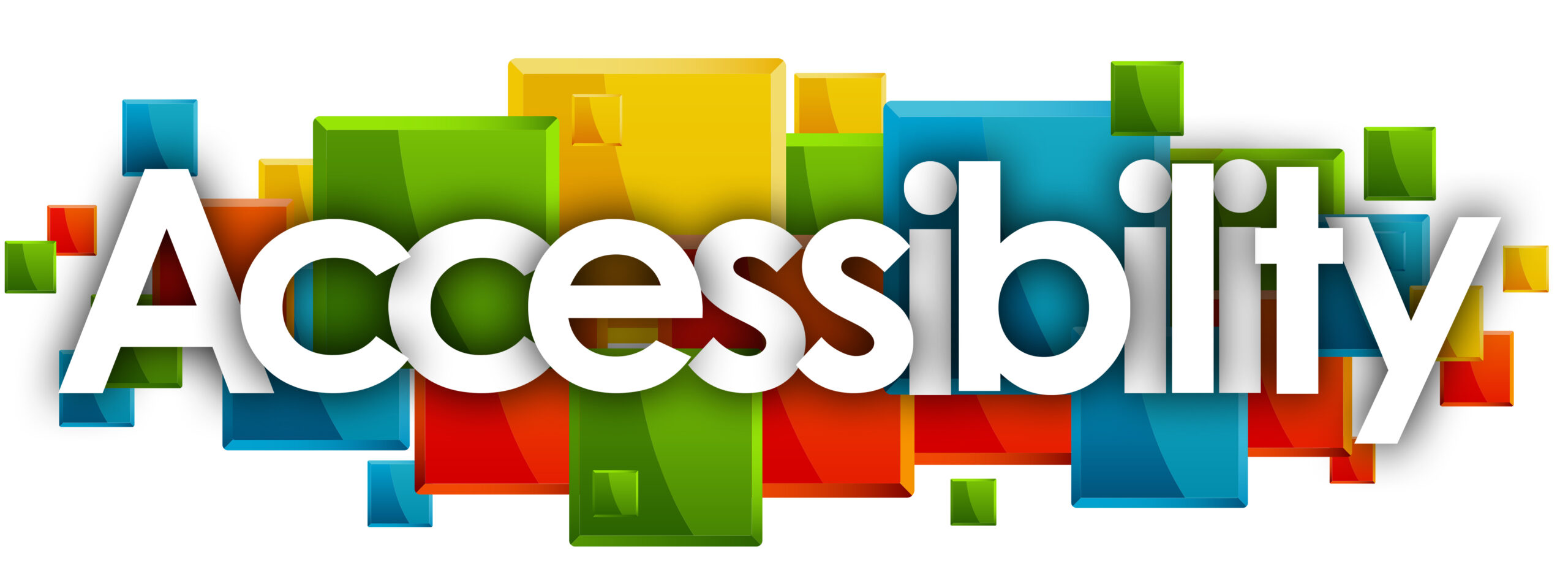*This article is an English translation of a Japanese article.
Introduction
Accessibility Supported (AS) is a crucial concept for evaluating and improving web and digital content accessibility. AS information clarifies how well specific technologies and functions support accessibility, ensuring that all users, including those with disabilities, can access digital content easily. In this article, we will explore the overview, role, examples, and importance of AS in creating a more inclusive web experience.
What is Accessibility Supported (AS)?
AS refers to the extent to which technologies meet the requirements of the Web Content Accessibility Guidelines (WCAG). AS information serves as a guide for web developers and designers, helping them choose and implement technologies that enhance accessibility. For example, AS evaluates whether a screen reader correctly reads specific HTML elements or whether keyboard navigation works as intended, ensuring that the technology functions properly for all users, especially those with disabilities.
The Role and Importance of AS Information
1. Improving User Experience
AS information helps predict and address potential accessibility challenges that users with disabilities might face. For instance, it ensures that web content is designed to be usable with assistive technologies like screen readers, magnifiers, or alternative input devices. This approach ensures that all users have equal access to information and services, fostering an inclusive digital environment.
2. Guidance for Developers and Designers
For developers and designers, AS information provides a reference point to identify which technologies and methods are accessible. This guidance promotes accessible design and development from the outset, reducing the need for costly corrections and preventing accessibility-related issues. Moreover, designs based on AS information help ensure compliance with accessibility standards, thereby reducing legal risks.
3. Quality Assurance and Accessibility Testing
AS information plays a key role in quality assurance processes. It serves as a benchmark for evaluating accessibility during testing, ensuring that digital content meets the needs of diverse users. AS is especially useful in testing content across multiple assistive technologies to confirm how well it performs.
Examples of Accessibility Supported in Action
Here are a few examples of how AS information is applied in real-world scenarios:
1. Screen Reader Compatibility
Screen readers are essential for users with visual impairments. AS information helps developers determine which screen readers work best with specific web content and which browser combinations provide optimal performance. For instance, correct use of ARIA (Accessible Rich Internet Applications) attributes enhances compatibility with screen readers, improving how they interpret content.
2. Keyboard Navigation Testing
Many users navigate the web using only a keyboard, either due to physical disabilities or personal preference. AS information evaluates whether keyboard-only navigation is possible and intuitive for users. Important aspects include checking if form labels are correctly associated, ensuring that focus moves logically across the page, and verifying that all interactive elements are accessible via keyboard commands.
3. Contrast Ratio and Visual Readability
Ensuring sufficient contrast between text and background is critical for users with visual impairments. AS information plays a role in determining whether the contrast ratio meets WCAG standards, improving readability for users. By following AS-based guidelines, developers can verify that content is visually accessible to everyone, including users with low vision.
Best Practices for Utilizing AS Information
1. Stay Up-to-Date
Technology evolves rapidly, and the compatibility of assistive technologies with different content can change over time. It is essential to keep AS information current. Regularly checking for updates in web accessibility standards and guidelines ensures that content remains accessible.
2. Incorporate User Feedback
While AS information provides a technical evaluation, the most critical factor is how users experience the content. Gathering feedback from actual users with disabilities during usability tests helps identify gaps in AS information, allowing for practical improvements in accessibility.
3. Test Across Devices and Environments
AS information should be applied to multiple devices, such as desktops, tablets, and mobile phones, to ensure a consistent experience. Testing on different browsers and operating systems is also crucial to ensure broad compatibility and accessibility across various user environments.
Conclusion
Accessibility Supported (AS) is a vital indicator for evaluating and enhancing the accessibility of web and digital content. By leveraging AS information, developers and designers can ensure that their content is accessible to all users, including those with disabilities. AS serves as a guideline for designing and developing accessible content, and it plays a critical role in quality assurance and testing. By embracing AS information, we can take significant steps towards creating a more inclusive web for everyone.
Moving forward, web developers and content creators should continue to use AS information as a tool to improve accessibility and ensure that digital content meets the needs of diverse users, fostering a more accessible and inclusive digital world.
We have released the UUU Web Accessibility Widget Tool, designed to make web accessibility easy to implement. This tool helps improve the accessibility of websites quickly and efficiently, even without specialized knowledge.
If you’re interested in enhancing your website’s accessibility, please check out the details. We are here to support you in making your website more user-friendly and accessible to a wider audience.
